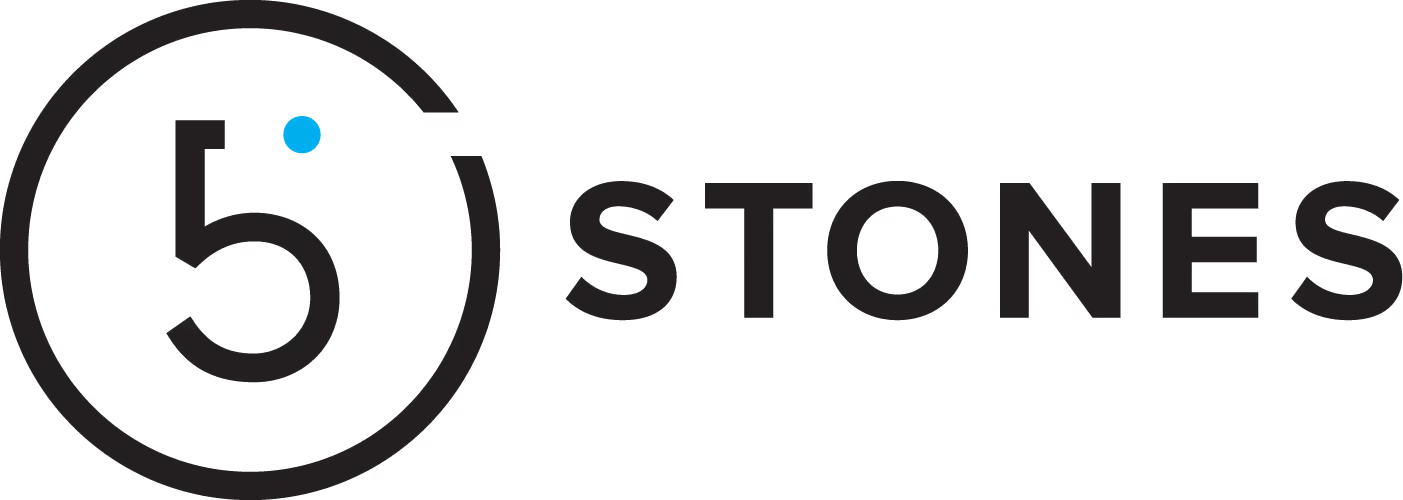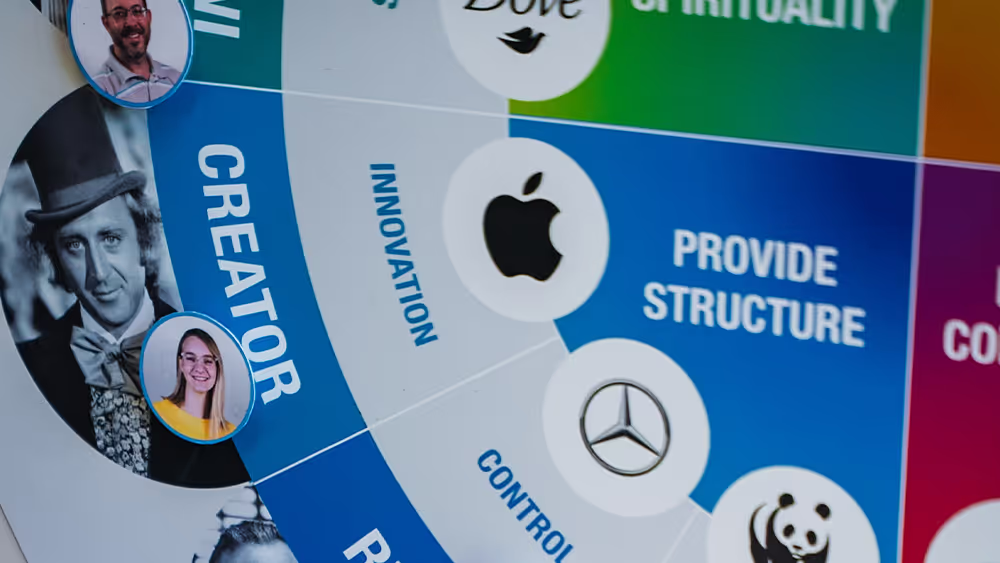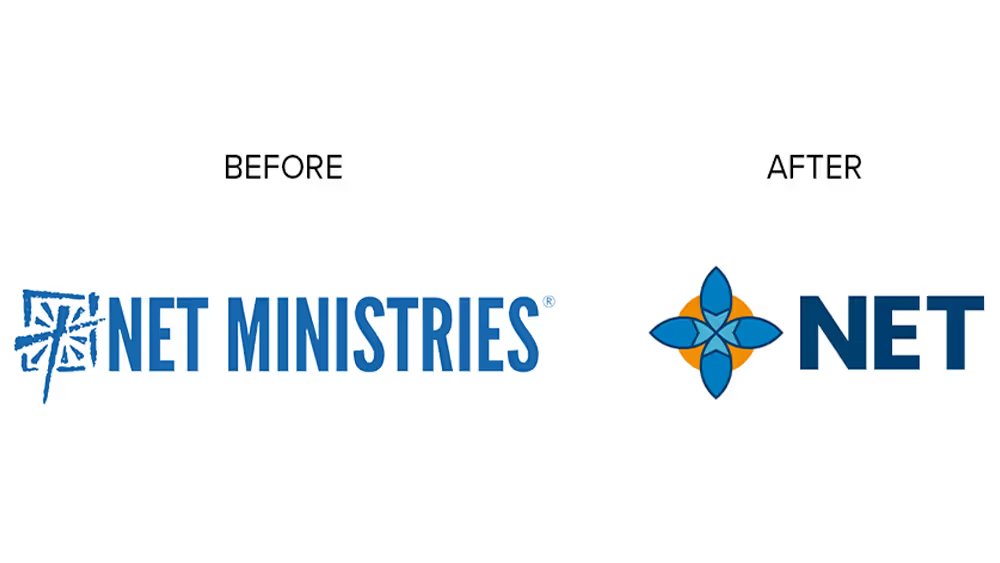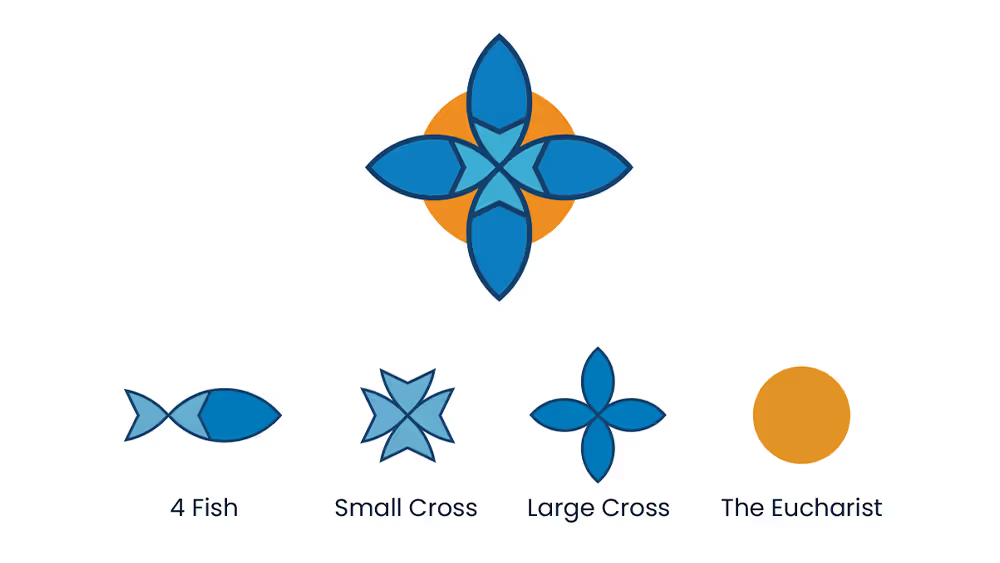

Article Outline:
Your brand is your promise. It tells your audience who you are, what you stand for, and what you will do for them.
That promise needs to be clear. It needs to be believable. And above all, it needs to be consistent.
At 5 Stones, we help mission-driven organizations clarify their messaging and sharpen their positioning with a collaborative brand strategy process. Today, we will share four questions we’ve found helpful in these meetings. (And we have a bonus question for you at the end!)
These questions won’t give you a brand overnight, but they will move you in the right direction. They’ll sharpen your message, align your team, and help you communicate with more confidence.
Let’s take a look.
Many organizations make the mistake of trying to be everything to everyone. This makes sense, because leaders love their organization and want everyone else to love it too! But that’s both an unrealistic goal and a recipe for a watered-down brand.
It might seem counterintuitive, but identifying who is not your audience is an important part of determining who your audience actually is. When your brand tries to appeal to everyone, it inevitably appeals to no one in particular.

In order to avoid this problem, we help leaders select their audience more intentionally by first determining who they AREN’T trying to reach. This exercise helps clarify where the real focus should be. The clearer your “no,” the stronger your “yes.”
A brand like Harley-Davidson doesn’t worry about winning over cautious commuters or eco-conscious scooter fans. Instead, they speak directly to freedom-seekers, risk-takers, and rule-breakers. This makes that audience feel seen and builds a stronger affinity within the “tribe” they’re trying to reach.
Your brand should reflect the reasons your friends love you and your critics can’t stand you.
—Dominick Albano (one of our Creative Directors)
Relationships dictate a lot about how we communicate in everyday life. Think about it. You speak differently to a friend or sibling than you do your pastor or doctor.
Memorable brands approach communication the same way people do, keeping their voice and behavior consistent with the relationship they’re building. This sort of consistency builds trust.
Here are some real examples of what a strong relational posture looks like in branding:

Think about your brand: Are you a coach? A neighbor? A grandparent?
This is an important exercise because the answer influences nearly every aspect of your brand. The words you choose, the way you tell your story, and the type of connection you build will all change based on how you answer this question.
Using existing brands as reference points can help you quickly figure out where your brand positioning is going and speed up creative alignment.
This could be something like, “We want to be the GoPro of evangelization” or “the Spotify of Catholic homilies.”
This exercise doesn’t mean you will copy another brand directly. It simply helps you get a feel for where your brand will live in the market.

We’ve found this question to be especially helpful in collaborative settings. It surfaces unspoken ideas, sharpens preferences, and reveals how each member of your team envisions the brand you’re building together.
When teams align around a shared creative “direction,” the whole process—voice, visuals, messaging—gets faster and more cohesive. But asking this question might also reveal where you aren’t on the same page, and this is equally as important.
Alignment now prevents confusion later. Your whole team needs to share the vision for what you want your brand to become.
People don’t buy a product, use a service, or support a mission because it comes in blue or is available in five languages. They buy a product because of what it will do for them. That’s why communicating transformation is such an important part of effective brand messaging.
This transformation doesn’t have to be super dramatic. But even in the little things, people want to feel seen. When you communicate their struggle in human terms, they’re more likely to trust that you understand them, and they will believe you when you say change is possible.
Speak vividly about their desired outcome so they can imagine it within reach. If you make enough of an impression, they’ll associate you with that goal, and you’ll be their first stop when they finally decide to pursue it.

Let’s look at two possible messaging approaches for a simple product.
Brand A says they have sturdy hooks that can hold bikes and equipment up to 500 lbs. That’s great. But that doesn’t tell me where this product fits in the story of my life. A brand is not built on adjectives alone. What does sturdy mean? What will sturdy hooks help me become?
Brand B begins by painting the picture of where you are now. Your garage is overwhelming. You can’t find what you need very quickly, and you have to move the bikes and snow blower in order to get the lawn mower out in the spring. What a hassle! Then they describe where you want to be: the owner of an organized garage where everything has a place and is accessible. The type of garage that might even finally have space for a refrigerator and workbench so you can become that “Dad’s in the garage” kind of guy. How is this possible? Well, look at how Dave did it. He used these awesome, sturdy hooks.
Same product. Huge difference.
What transformation does your brand promise? From scattered to focused. From discouraged to confident. Paint the before and after in vivid, human terms. The clearer you make the journey, the more people will trust you to lead them there.
We get it. Your brand is a big deal. It’s how people recognize and relate to you, and it carries the trust of your current audience. That’s why, even if it no longer fits, updating your brand can feel risky.
But staying stuck in an old expression of your mission carries risk too.
Even if you are already an established brand, asking questions like these will help align your messaging and visual identity more closely with your promise.
That’s exactly what we did with NET Ministries.

After over forty years of forming missionary disciples and serving the Church through relational ministry, NET found themselves at a critical juncture. Their brand’s look, feel, and messaging no longer clearly and effectively reflected their promise. It was time for an updated expression of the brand that had touched millions of Catholics and impacted so many in the Church.
5 Stones traveled to NET’s headquarters to lead their team through a robust branding process that explored the brand’s archetype, personality, voice, and tone. After a series of lively, productive conversations, the two teams continued to meet virtually to explore their brand elements, including typography, colors, logo, and even their patron saint. This resulted in a powerful update to their brand.
A thoughtful rebrand doesn’t change who you are. It simply helps you reflect your identity more accurately in how you look, sound, and approach your audience.

Many organizations think of branding as something you “set and forget” after launch. But the truth is, as your organization grows, shifts focus, or enters a new chapter, your messaging and visual identity will need to be updated to keep pace.
With that in mind, here’s our bonus question for you: When’s the last time you examined your brand messaging?
Here are a few signs it might be time to take another look:
If any of that sounds like you, reach out to 5 Stones today so we can help!